50 Words or Less
The TaylorMade Qi10 Max fairway wood is a joy to hit. Easy to launch. Great ball speed. Speed and distance are extremely robust.
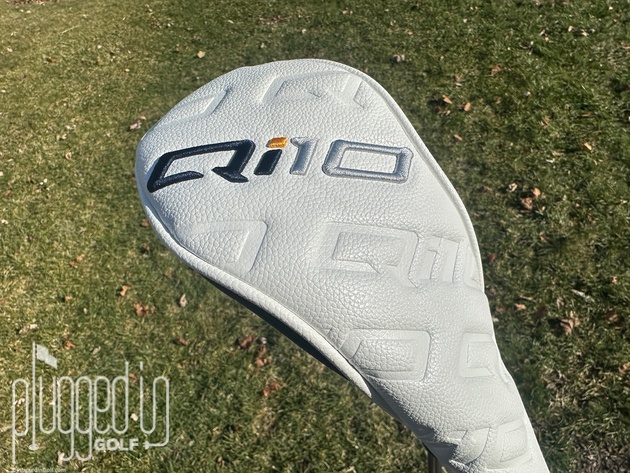
Introduction
Even with my new fairway wood friendlier outlook, “fun to hit” is not a phrase I typically use to describe these clubs, but that’s exactly what I typed into my notes for the TaylorMade Qi10 Max fairway wood. With a large footprint, shallow face, and high MOI, this is a club that you’ll be happy to pull out of the bag.
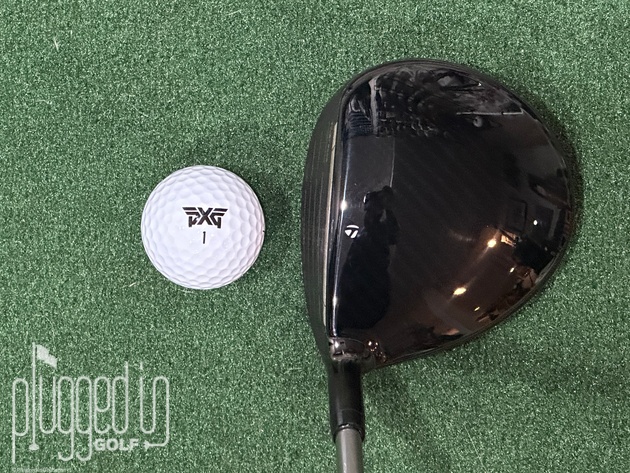
Looks
The TaylorMade Qi10 Max fairway wood looks the part of an uber forgiving FW. It has a very large, bulbous footprint and a shallow face which makes it inviting to hit off the turf. Despite the large size, it does sit square at address.
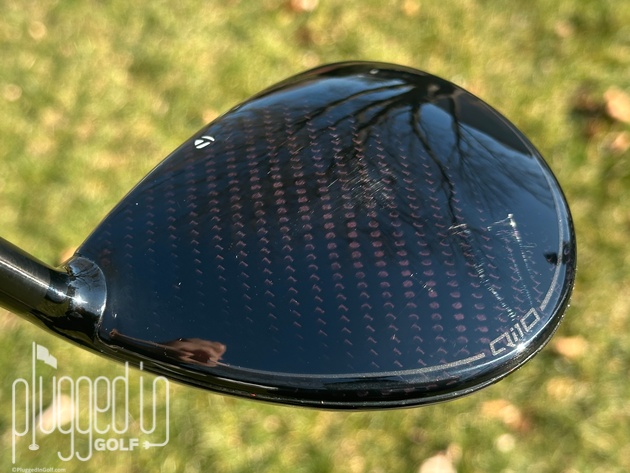
One change from the Stealth 2 HD FW [review HERE] is the crown. The Qi10 Max has a very clean, all carbon look versus the segmented crown of the Stealth 2 HD. There is some Qi10 branding on the trailing edge, but it’s so faint that it’s barely noticeable.
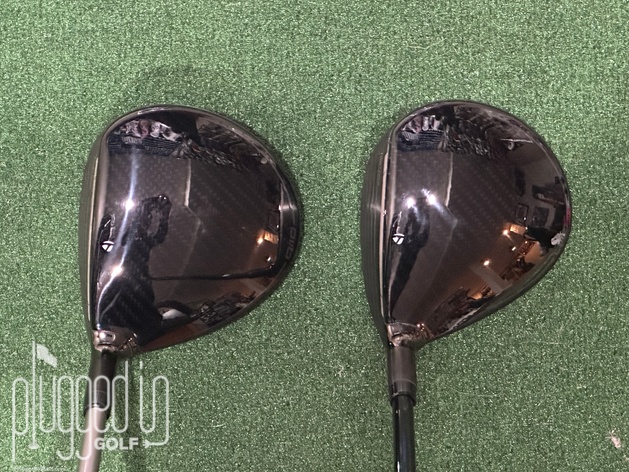
Putting the Qi10 fairway wood [review HERE] next to the Qi10 Max, there’s a clear difference. The Max is fuller in the heel and longer from front to back. Though the two clubs are only 5 cc apart, the footprint of the Max is so much larger because the face is shorter.
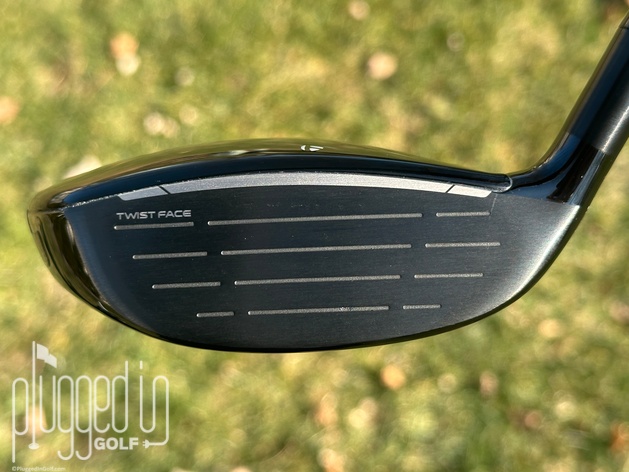
Sound & Feel
There is a slight “cost” to the larger footprint when it comes to the impact sound. To my ear, the TaylorMade Qi10 Max fairway wood sounds a little thinner than the standard Qi10. The overall impression is similar – quick and snappy remain good descriptives – but the sound isn’t as robust. Additionally, the Max is a hair louder.
Interestingly, this doesn’t translate to the feel. If I were to plug my ears and close my eyes, I don’t think I could tell the difference between the standard Qi10 and the Max. Both feel very solid across the entire face and provide good feedback through the hands.
Performance
What makes the TaylorMade Qi10 Max fairway wood “fun to hit”? It’s a combination of very good top end performance with forgiveness that allows you to swing freely.
As you can see in the LM data, the Qi10 Max FW is fast. On center, it’s basically a driver, producing smash factors of 1.5. That pairs well with the naturally high launch and mid-high spin to produce long carry distances when you stripe it. High spin players may find more distance with a lower spinning shaft, which is one reason why we always encourage fitting.
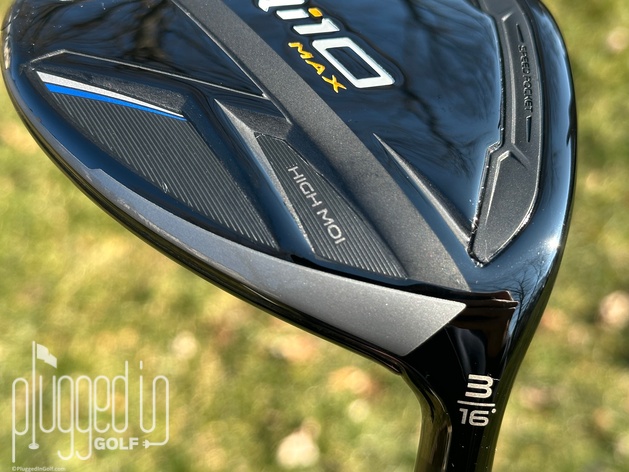
While that top end performance is exciting, most fairway woods can deliver when you hit it pure. What makes the Qi10 Max so much fun is what it does when your swing isn’t ideal. The consistency of the ball speed feels almost criminal. I have four separate places in my testing notes where I said some version of, “The ball speed on mishits is ridiculous.”
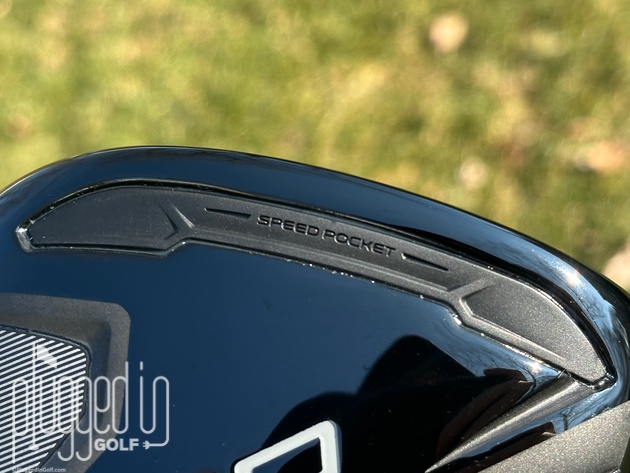
Of course, ball speed alone is not going to make a fairway wood fun to hit. A shot launched at two degrees can have all the speed in the world, and it still won’t go anywhere. The Qi10 Max, thankfully, puts virtually every shot high into the air. Even for me, a low ball hitter, I was seeing thin shots rise to beautiful mid trajectories. This equation of easy launch plus some spin plus robust ball speed leads to long and consistent carry distances.
Finally, the TaylorMade Qi10 Max fairway wood does have a noticeable draw bias. This is far from the most anti-slice club I’ve hit, but it definitely prefers the left side of the fairway. Again, this is a place where fitting can really dial in this club. If you need more slice reduction, the right shaft can emphasize this club’s leftward tendencies. If you want the forgiveness without the draw bias, the right shaft can help to keep this club a bit straighter.

Conclusion
If you like the feeling of shaking hands and sweaty palms when you uncover your fairway wood, this club is not for you. However, if you want a big smile on your face when you prepare to go for the green on a par 5, consider putting the TaylorMade Qi10 Max fairway wood in your bag.
Visit TaylorMade Golf HERE
TaylorMade Qi10 Max Fairway Wood Price & Specs
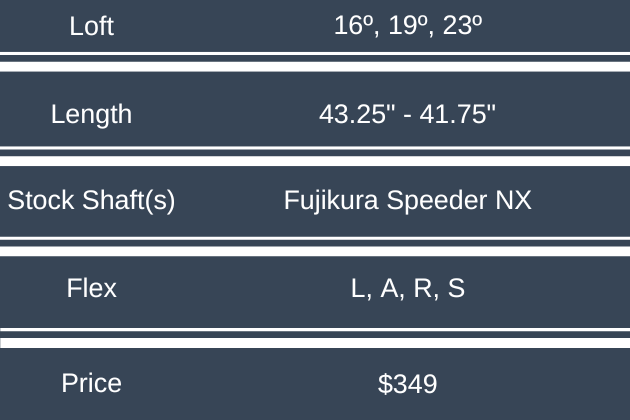
He founded Plugged In Golf in 2013 with the goal of helping all golfers play better and enjoy the game more.
Matt lives in the northwest suburbs of Chicago with his wife and two daughters.
- Performance Golf Click Stick Training Aid Review - October 18, 2024
- Callaway Opus Platinum Wedge Review - October 17, 2024
- When to Take a Break from Golf - October 15, 2024


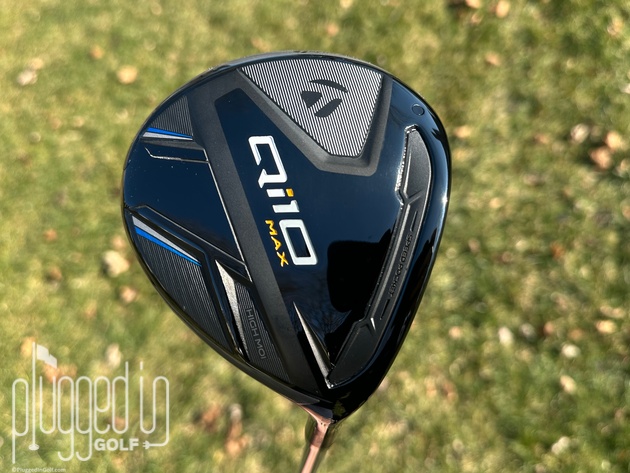
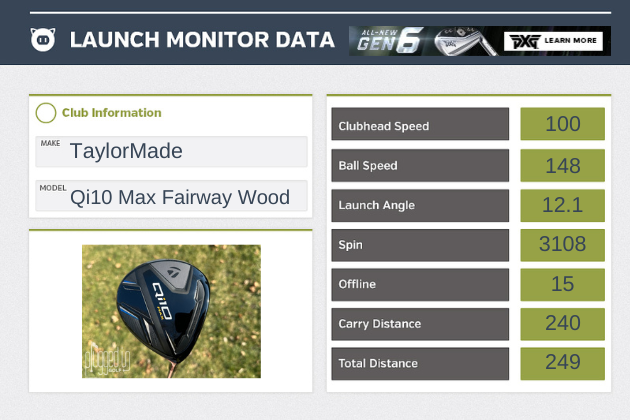
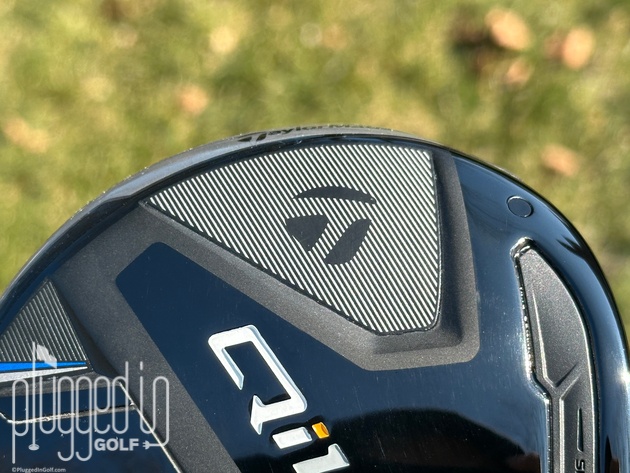
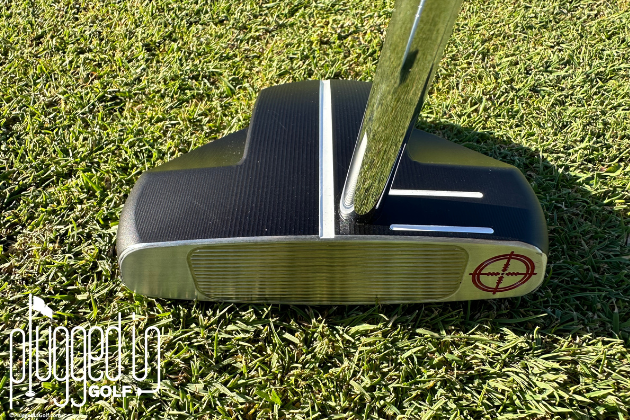
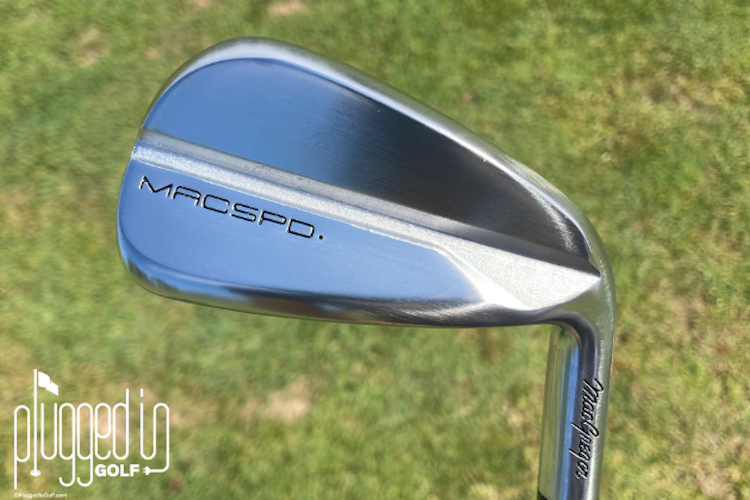
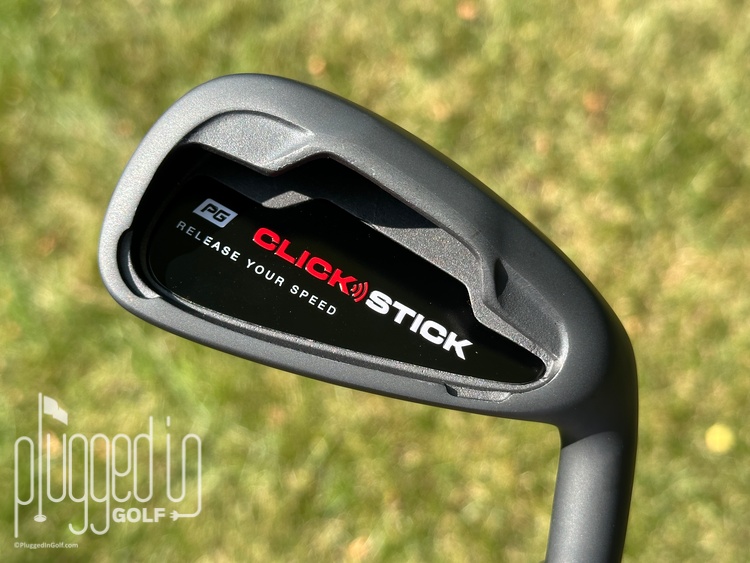









7 Comments
Matt,
I read your reviews – you do a great job….always insightful and additive. Thank you. Having just read this review and the Qi10 review, it suddenly occurred to me that you don’t include a comment or data on dispersion (other than draw or cut tendencies). It would be SO helpful to add more specifics. Other sources (I can think of a competitor website) might assign “accuracy” but they seem to use ambiguous groups of testers that may or may not replicate my/our swings or hcps. Having one guy – even appreciating your variability day-to-day and over time – it would still provide valuable info to your readers making buying decisions. I hope you’ll consider, commenting (more) specifically on dispersion and accuracy to compare across brands, models and time. Imperfect, but it would add a lot of value nonetheless. Thanks, and keep up the good work.
I’m gaming the Qi10 16.5 degree 3 HL and it’s a rocket launcher off the ground or off the tee. By far the longest and most forgiving fairway I’ve ever played
I was fitted for the 16 degree version by a TM fitter, and agree with everything Matt says. I have the stock shaft in stiff. He said it’s closer to a regular plus in other shafts. I do not notice a draw bias; it just goes straight (and long) for me
Hi Matt,
You mentioned it has a shallow face. Would you say it’s as shallow as recent Callaway and Ping fairways?
Steve,
I haven’t tested the new Callaway woods yet, but I would be surprised if there’s more than a fractional difference between them.
Best,
Matt
Nice review. I’m a 13 handicap, so I’m unsure if at my level (age 66), that I’d benefit from all the Qi10’s innovations. Is the TOUR model the only one with a DRAW bias?
Rick,
The Tour model does not have a draw bias.
Best,
Matt